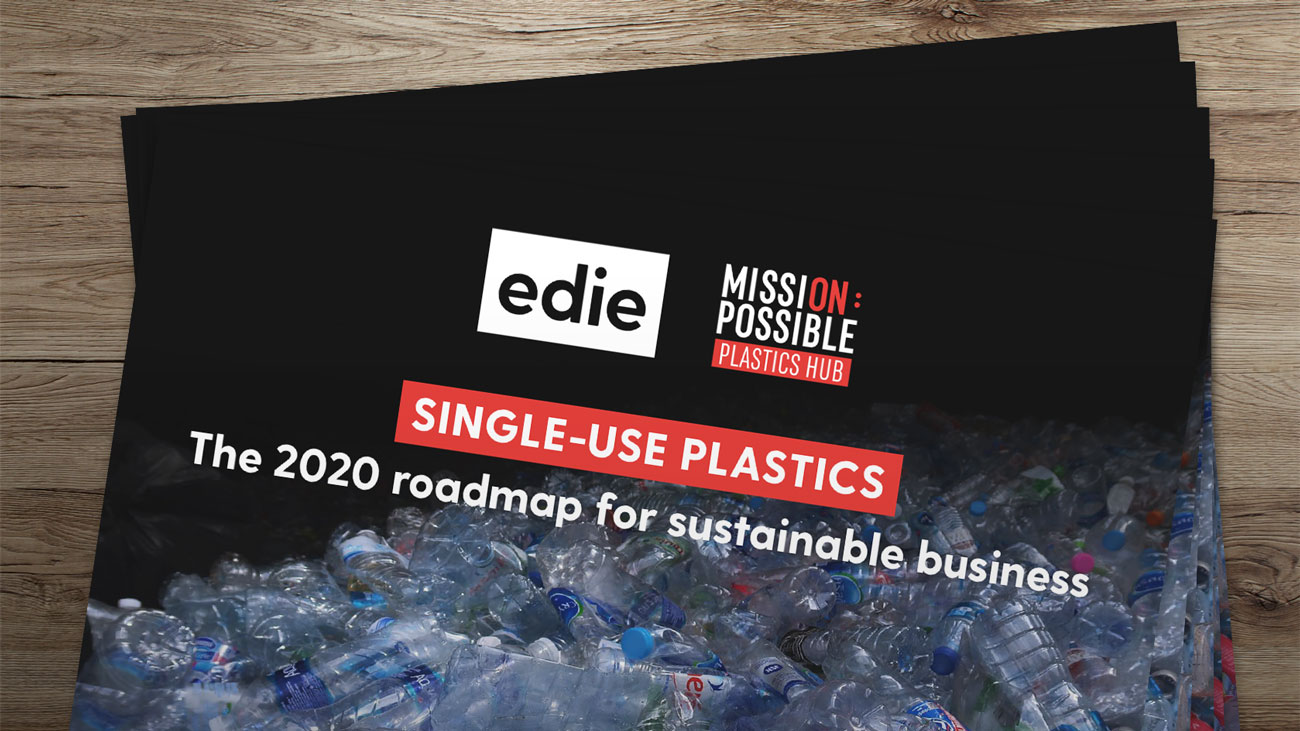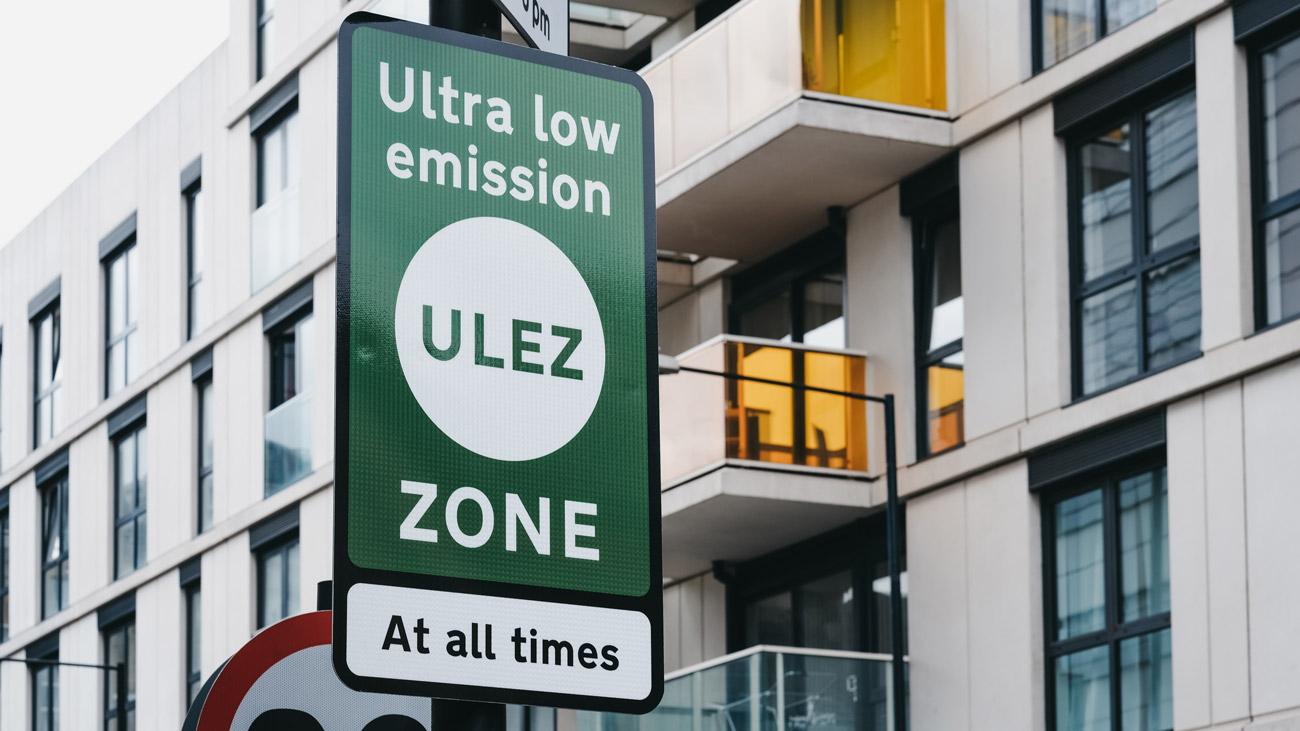
Briefing: Fundamentals – the growth of Environmental, Social and Governance (ESG)
ESG – Environmental, Social and Governance – has become shorthand for all that is good and green in innovation and industry. But what is it really about? What does it mean in practical terms? And, most importantly, are highly rated ESG credentials an optional add-on, a nice-to-have or fundamental to today’s successful businesses? This briefing by Joanne Sear at Shoosmiths explains the issues.
Green shoots
The ‘environmental’ part is the most straightforward – anything a business does which impacts on the environment falls within this definition and affects its ESG credentials, for better or for worse. ‘Environment’ comes first in ESG, and for good reason. We are living in a time of climate crisis, we are taking part in the race to net zero, and we need to live (and do business) sustainably to ensure availability of resources for future generations. Some businesses have a more obvious environmental impact than others – for example those operating in the UK’s waste or water sectors, who are regulated by the Environment Agency or its cousins in the devolved nations. But all businesses use resources and have an environmental impact – whether that is electricity, gas, product packaging or travel – and the efficiency or otherwise of their deployment affects the business’s ESG credentials.
Definitions of ‘social’ and ‘governance’ are less straightforward. There is no formal consensus about what these include and there is some cross-over between the categories.
‘Social’ broadly covers the relationship between a business and its human stakeholders – that is to say, employees, consumers and users of the goods and services it provides, and the community in which it operates. It encompasses traditional areas of legal regulation such as health and safety, human rights and modern slavery, as well as more vague concepts, such as community relations, business transparency and accountability.
‘Governance’ is perhaps the hardest to define. At a high level, it relates to the culture of the business, and the moral code by which it operates. It includes considerations of board structure and accountability, audit and management of corruption and bribery issues.
Back to the roots
ESG has its roots in the world of investment. Socially responsible investing (SRI) as a concept has been around for a very long time. As far back as the 1700s, North American Methodists and later Quakers eschewed investing in industries connected to the slave trade and in other businesses, such as the manufacture of alcohol and tobacco.
The term ESG was first used in a 2005 study entitled Who Cares Wins by the Global Compact, a joint initiative by financial institutions which were invited by the then United Nations Secretary-General, Kofi Annan, to take part. The difference between SRI and ESG, as reflected in the study, is that SRI is primarily about censorship (not investing in businesses that are perceived to do harm), whereas ESG is primarily about promoting good practice – on the basis that businesses with good ESG credentials are likely to be more successful and produce a better return on investment.
Tender carrots
Businesses seeking funding and investment, and those looking to contract with (in particular) government bodies are increasingly required to demonstrate their ESG credentials in order to be considered eligible.
Businesses with demonstrably good ESG strategies have access to a greater range of financial products and will appeal to a broader range of investors. There is an ever-increasing number of institutional investors and funds that incorporate ESG into their investment decisions, driven both by profitability and ethical values, as well as by legislation such as the EU Sustainable Finance Disclosure Regulation.
Many tender opportunities now require the bidder to show compliance with minimum ESG standards before a bid will be considered. This is in addition to the long-standing procurement considerations of value for money and liquidity. It is no longer enough to offer work at a competitive rate. Increasingly, bidders need to offer value alongside evidence of good corporate citizenship.
This is the ‘carrot’ approach. Businesses that are not able to demonstrate good ESG credentials will not be as attractive in the marketplace. Businesses that can have a broader range of appeal and a competitive edge.
Consumers make purchasing decisions based on the values and reputation of a business. It has ever been thus, but in an age where bad news spreads at lightning speed across the internet and social media, the stakes are higher than ever. If a business has a poor environmental record, or a story breaks about exploitation in a supply chain, this does not mean that its products are, objectively, any better or worse. But consumers will react, and sales will almost certainly fall. It is not always labelled as ESG, but that is the basis on which these decisions are made.
A good ESG strategy works to protect a business’s reputation and its standing in the eyes of consumers. There is really nothing new about ESG principles – but there is an increasing urgency about applying them.
Growing awareness
ESG pervades all aspects of corporate life. The best ESG strategies adopt a holistic approach to values and compliance. Although they have been given a recent rebrand, there is really nothing new about ESG principles – but there is an increasing urgency about applying them, driven by growing global awareness of the fragility of our climate (hence ‘environment’ leading, both literally and metaphorically).
The twin ‘carrot’ and ‘stick’ approach to ESG performance is driving improvements across the board. A considered ESG strategy is increasingly to be thought of as fundamental to doing successful business in the 21st century.
This article first appeared as part of a report entitled 'Investing in Tomorrow' from Shoosmiths as is reproduced with kind permission.







